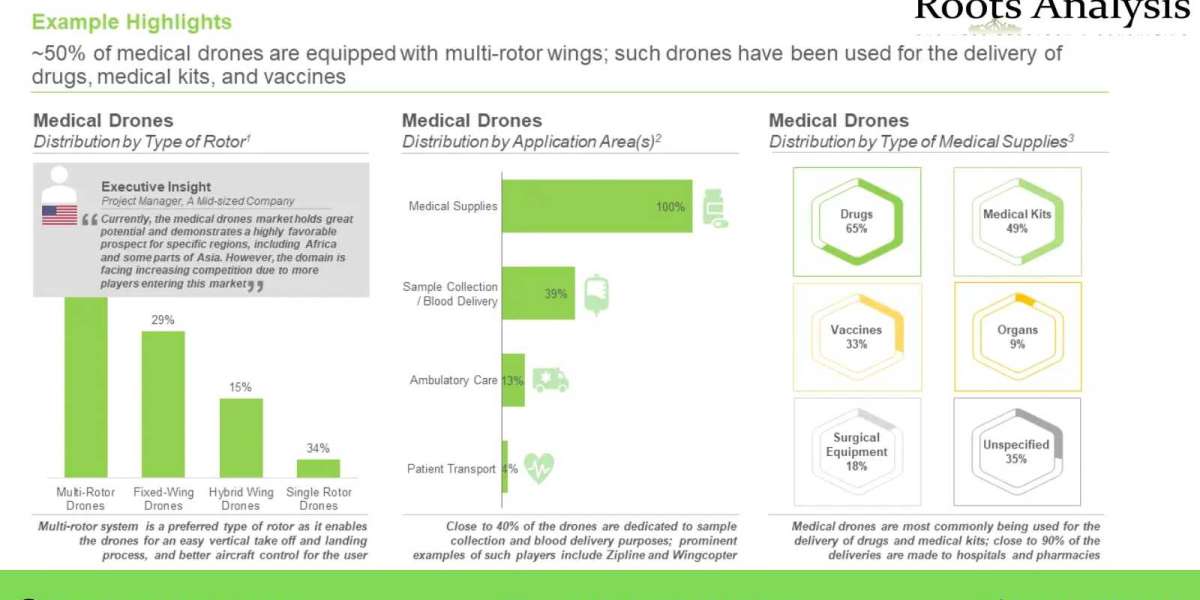Maximizing Efficiency with Collaborative Robots: Revolutionizing Industries
From manufacturing to healthcare, collaborative robots are transforming workflows, enhancing productivity, and driving unprecedented growth.
Understanding Collaborative Robots
What are Collaborative Robots?
Collaborative robots are advanced robotic systems engineered to collaborate and interact safely with humans in a shared workspace. Unlike traditional industrial robots, which are often confined to cages due to safety concerns, cobots are designed with built-in sensors and intelligent algorithms that enable them to detect and respond to human presence. This feature ensures a safer working environment while optimizing efficiency.
How Do Collaborative Robots Work?
Utilizing cutting-edge technologies such as artificial intelligence (AI) and machine learning, collaborative robots are programmed to perform a wide range of tasks with precision and accuracy. These tasks can include assembly, pick-and-place operations, quality inspection, and even intricate surgical procedures in the healthcare sector. By seamlessly integrating into existing workflows, cobots streamline processes, minimize errors, and maximize output.
Advantages of Collaborative Robots
Enhanced Efficiency
One of the primary benefits of collaborative robots is their ability to enhance efficiency in various operational tasks. By automating repetitive and time-consuming processes, cobots free up valuable human resources to focus on more complex and strategic activities. This not only accelerates production cycles but also improves overall quality and consistency.
Improved Safety
Safety is paramount in any work environment, particularly in industries where human-robot collaboration is necessary. Collaborative robots are equipped with advanced safety features, including collision detection sensors, force-limiting technology, and intuitive programming interfaces. These features minimize the risk of accidents and injuries, creating a safer and more conducive workplace for employees.
Flexibility and Adaptability
Unlike traditional industrial robots, which often require extensive reprogramming and reconfiguration to adapt to new tasks, collaborative robots are inherently flexible and adaptable. With intuitive programming interfaces and plug-and-play capabilities, cobots can be easily reprogrammed and redeployed to perform a wide range of tasks, enabling seamless integration into dynamic production environments.
Cost-Effectiveness
In addition to their operational benefits, collaborative robots offer significant cost savings over their traditional counterparts. With lower initial investment costs, reduced maintenance requirements, and increased operational efficiency, cobots deliver a compelling return on investment (ROI) for businesses of all sizes. Moreover, their modular design and scalability make them ideal for scaling production operations as demand grows.
Applications of Collaborative Robots
Manufacturing Industry
In the manufacturing sector, collaborative robots are revolutionizing production processes across a wide range of applications. From automotive assembly lines to electronics manufacturing, cobots are streamlining workflows, increasing throughput, and driving innovation. Their ability to work alongside human operators enables seamless collaboration and optimization of resources, leading to higher productivity and profitability.
Healthcare Sector
In the healthcare industry, collaborative robots are playing a crucial role in enhancing patient care and improving clinical outcomes. From assisting surgeons in delicate procedures to automating medication dispensing tasks, cobots are revolutionizing healthcare delivery. Their precision, reliability, and ability to work in close proximity to patients make them invaluable assets in hospitals and medical facilities worldwide.
Logistics and Warehousing
In the logistics and warehousing sector, collaborative robots are transforming the way goods are stored, picked, and shipped. From inventory management to order fulfillment, cobots are streamlining logistics operations, reducing cycle times, and optimizing supply chain processes. Their ability to navigate complex environments autonomously and collaborate with human workers makes them indispensable in modern warehouses and distribution centers.
Future Outlook
As technology continues to advance and evolve, the potential applications of collaborative robots are limitless. From artificial intelligence and machine learning to advanced sensors and robotic vision, the future of cobots holds exciting possibilities. As businesses strive to stay competitive in an increasingly digital landscape, collaborative robots will play a pivotal role in driving innovation, enhancing efficiency, and shaping the future of work across industries.
In conclusion, collaborative robots represent a paradigm shift in automation, offering unparalleled versatility, safety, and efficiency. From manufacturing to healthcare, logistics, and beyond, cobots are reshaping industries and unlocking new opportunities for growth and innovation. By embracing this transformative technology, businesses can stay ahead of the curve and thrive in the digital age.








